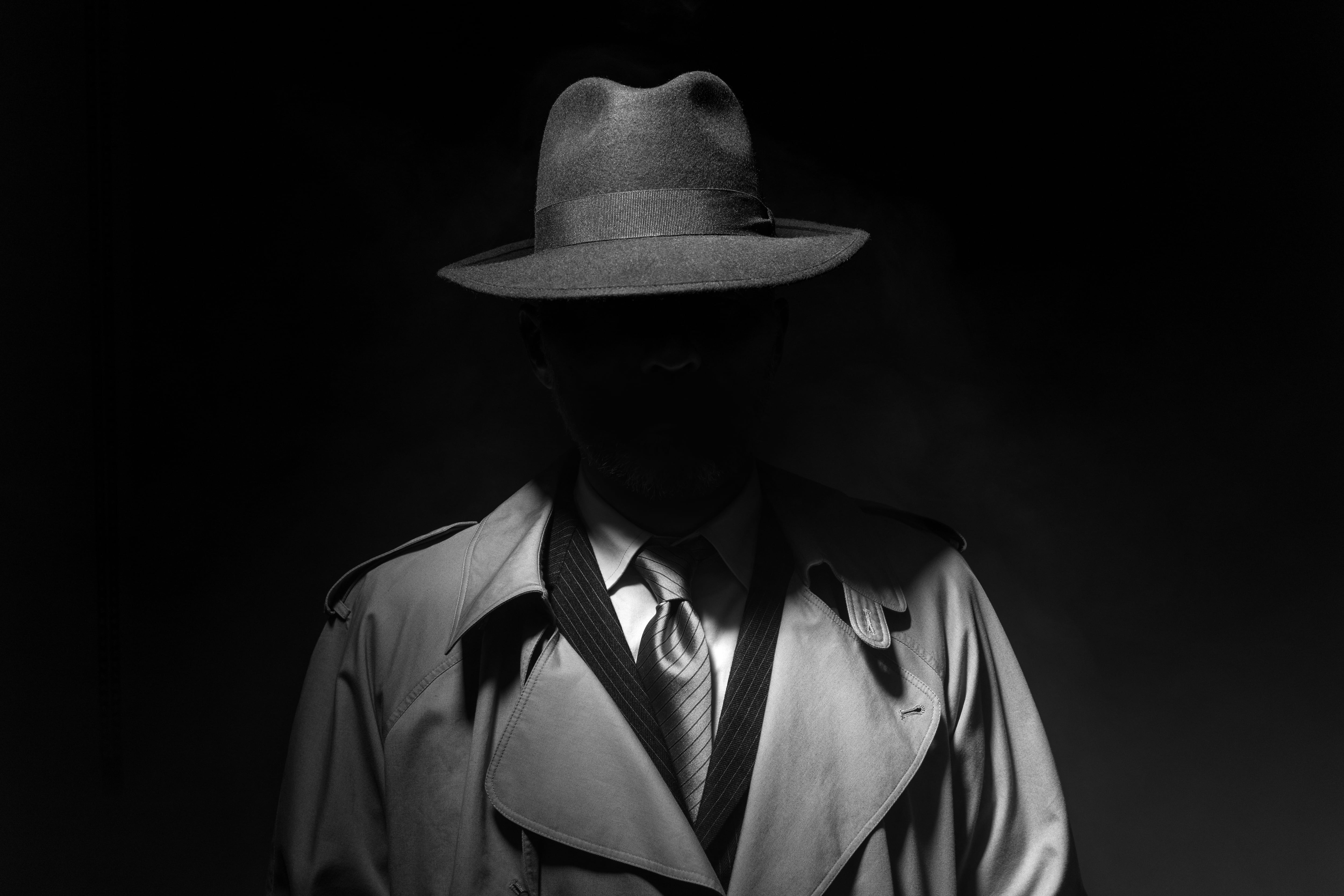In San Francisco’s Golden Gate Park last year, I passed a strangely familiar statue. It was of Robert Emmet, by the sculptor Jerome Connor (1874-1943), who was born in Kerry 150 years ago next week.
But it was identical to one I knew from St Stephen’s Green in Dublin. And there are two more copies I haven’t seen yet: in Washington DC and in a small town in Iowa established by Irish famine emigrants and named for the martyr it honours, Emmetsburgh.
Those four corners of the western world not only underline the reach of Emmet’s transatlantic influence. They also mark the boundaries of Connor’s for a time successful but in the end somewhat tragic life. Born into mountainy poverty near Annascaul, on the Dingle peninsula, the future sculptor emigrated with his parents in his early teenage years and went on to earn a degree of fame and fortune in the US.
Then, with patriotic optimism, he returned to work in an independent Ireland, only to live out his last years in Dublin in a worse poverty than he had originally escaped.
READ MORE
Connor’s father was a stonemason, a vocation Jerome followed him into in New York. The young man also worked at times as a sign painter, machinist, foundry man, and even prize-fighter, boxing under the name of Patrick J Connor.
But he made his name as a self-taught sculptor, starting out by stealing his father’s chisels and ending up borrowing influences from Rodin.
In 1899, he joined the Roycroft community, a group of reformist craft workers and artists based in the village of East Aurora, near Buffalo, where he progressed via blacksmithing and terracotta modelling to become sculptor-in-residence.
After four years there, he was already well enough known to feature in a 1903 “History of American Sculpture”. Many commissions followed.
Of his Emmet sculpture, the story goes that Connor was seeking a suitable model when, walking the streets of New York one day, he saw somebody who resembled the historic portrait and asked the stranger to pose.
So distinctive were the Emmet family features that the man turned out to be descendant of Thomas Addis Emmet, New York lawyer and brother of Robert.
But Connor’s best-known work in the US is probably Nuns of the Battlefield, now 100 years old, unveiled in Washington in 1924 to honour the role played by women during the American Civil War.
Alas for its creator, the commission became a battlefield itself. It was authorised by the US Congress, to be paid for with a $50,000 fund raised by the Ancient Order of Hibernians, which chose the sculptor in part because he was an Irish Catholic.
But there were disagreements over its location and about the design, with Washington’s Fine Arts Commission asking Connor to make the sculpture’s two angels (representing Peace and Patriotism) more “active”, among other changes. Eventually, Connor had to sue the AOH for payment.
His San Francisco Emmet was dedicated by that city in 1919, amid of a resurgence of national feeling in Ireland and among its American diaspora after the Easter Rising. And several years later, in 1925, the sculptor returned to his now independent homeland and set up practice in Dublin.
But he never quite thrived in the Free State, his work bedevilled by disagreements, delays, underfunding, and a general lack of encouragement.
In the early 1930s, for example, a committee in his native Kerry commissioned Connor to create a statue of Éire with her harp in honour of the kingdom’s Gaelic poets.
His failure to include a religious motif caused a split, however, and finding the design “pagan”, the committee withheld payment, forcing him into bankruptcy and the closure of his studio.
The sculpture remained uncast until 1974, long after Connor’s death. Then Downes’ Bakery paid for the job and donated the work to Dublin’s Merrion Square, at the Holles Street corner of which it now stands.
In the late 1930s early 1940s, Connor was part of the outer circle that orbited around Irish Times editor Bertie Smyllie, along with Patrick Kavanagh, Brian O’Nolan, painter Harry Kernoff and others.
He features in Alan Reeve’s celebrated caricature depicting a typical night in the back room of the Palace Bar, where Smyllie held court. But Connor was virtually destitute by then, supported only by a few friends.
When he died of heart failure in August 1943, aged 69, his equally impoverished friend Patrick Kavanagh sculpted him in verse:
“He sits in a corner of my memory,/With his short pipe, holding it by the bowl,/And his sharp eye, and his knotty finger,/And his laughing soul, shining through the gaps of his crusty wall.”
That inscription today adorns a plaque on Dublin’s Infirmary Road, overlooking the Phoenix Park, a favourite haunt for the exiled Kerryman. The location of his former home and studio, around the corner, is now Jerome Connor Place.















